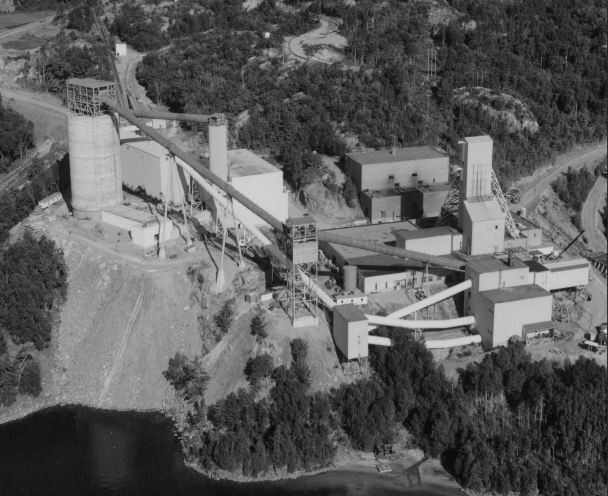The Sudbury-based Centre for Excellence in Mining Innovation (CEMI) conducts research and development for the mining sector. CEMI strives to establish excellence in strategic areas of research such as deep mining, mineral exploration, integrated mine engineering, environmental and sustainability as highlighted in the 2009 Annual Report (www.miningexcellence.ca). CEMI is becoming an international centre for world-class, industry-focused research and innovation, advancing state-of-the-art concepts, processes and methodologies in support of the regional, national and international exploration and mining industries, and providers of mining services and supplies.
Sudbury, ON – On September 8, 2010, the Centre for Excellence in Mining Innovation (CEMI), held its third Annual General Meeting (AGM) which highlighted the significant progress made by the organization in advancing mineral exploration and mining-related research during the past year. CEMI proudly announced that mining veteran, Doug Morrison will be joining the CEMI team as the Deputy Director. Mr. Morrison will begin his duties on November 1st, 2010.
As Deputy Director, one of Mr. Morrison’s objectives will be to build stronger relationships and effective collaboration among Ontario’s mining Research & Development (R&D) agencies, and from there, with national and international organizations. Over the years, he has worked with Canadian industry, academic and government research institutions, including CAMIRO, MIRARCO, and CEMI, to deliver innovation to the mining industry, and it is anticipated this will enable CEMI to expand the range of technical issues supported through R&D.
Mr. Morrison has 15 years experience in underground mine operations, and 15 years working as a consultant, including four years as global mining leader for Golder Associates, bringing international experience and a broad understanding of all of the issues confronting the industry globally.
Read more
























